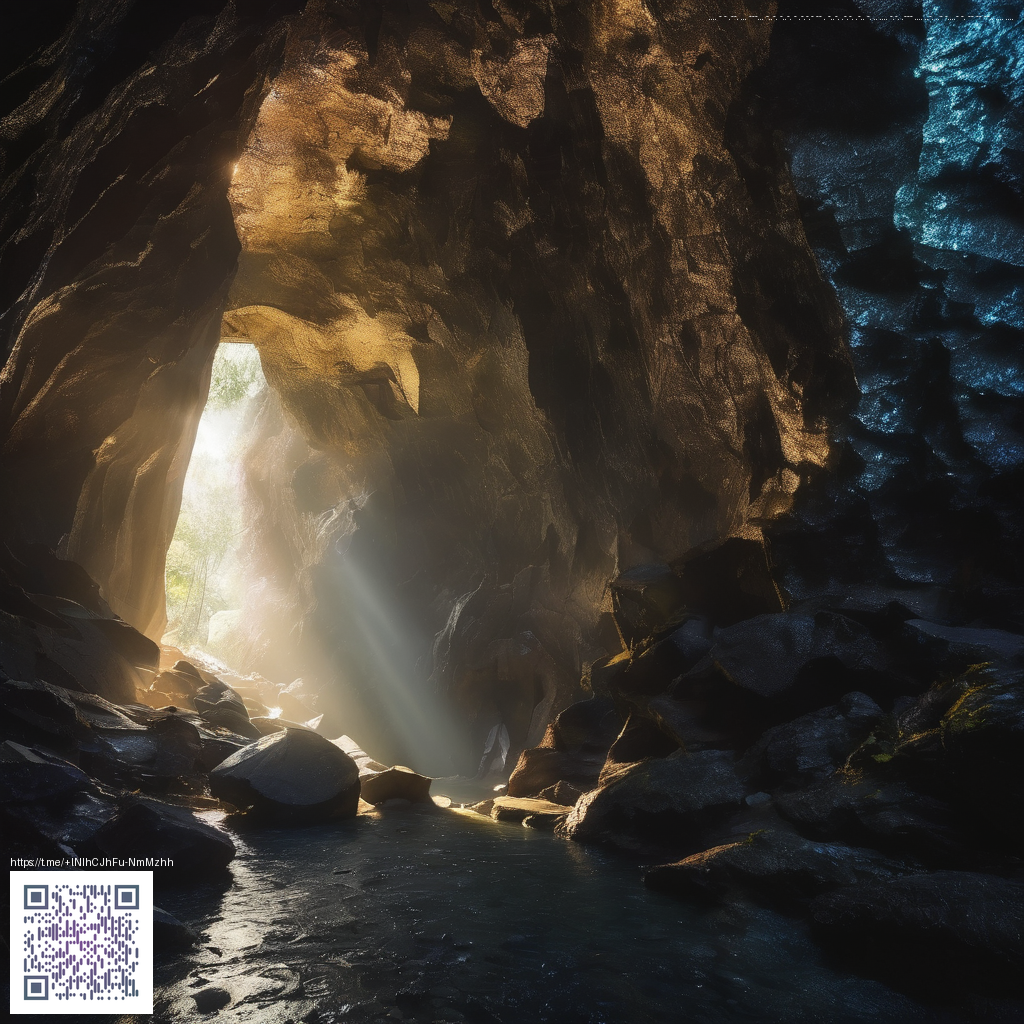
Scensory: Real-Time Fungal Identification with Spatial Mapping
Fungi are everywhere—from the soil under our feet to the surfaces of crops and the air we breathe. Traditional identification often requires lab work, time, and specialized expertise. Scensory changes that trajectory by delivering automated, real-time fungal identification paired with precise spatial mapping. The result is a living map of fungal presence and activity, enabling faster decisions, improved biosurveillance, and smarter agricultural and clinical workflows.
How Scensory works
At its core, Scensory combines computer vision, machine learning, and spatial data to identify fungi on the fly. A compact sensor or a mobile device captures high-quality images or spectral data, which are then analyzed by a trained model. The model matches observed features—from spore morphology to colony textures—to a reference library, returning a probabilistic identification along with metadata such as confidence scores and context. Simultaneously, each observation is geotagged and time-stamped, feeding a spatial map that grows with every new sample.
The system continuously learns from new data, refining its accuracy through feedback loops. If a field technician confirms a diagnosis or flags a misclassification, that input can be incorporated to improve future performance. This dynamic learning approach helps Scensory adapt to regional fungal populations, seasonal shifts, and evolving strains.
The value of real-time identification
- Speed to action: Early detection of pathogenic or invasive fungi enables timely interventions, reducing crop losses and containment risks in clinical settings.
- Resource efficiency: automated analysis lowers the need for specialist labs and accelerates decision cycles.
- Data-driven decisions: instant feedback informs treatment choices, quarantine measures, or targeted sampling campaigns.
Spatial mapping: turning observations into insight
Identifying fungi is powerful, but knowing where they are adds a critical layer of intelligence. Scensory's spatial mapping aggregates observations into heatmaps, distribution charts, and trend lines. Researchers and practitioners can visualize hotspots, track spread over time, and correlate fungal activity with environmental factors such as humidity, temperature, and land use. This spatial perspective turns raw identifications into actionable intelligence—whether that's prioritizing crop protection measures or guiding sampling logistics in a biosecurity program.
Applications across industries
- Agriculture and horticulture: Early detection of pathogenic fungi helps protect yields, inform fungicide strategies, and reduce environmental impact through targeted interventions.
- Food safety and quality: Rapid screening at processing facilities identifies contamination risks and ensures product integrity.
- Healthcare and infection control: Real-time fungal surveillance supports infection prevention by identifying environmental reservoirs and outbreaks.
- Environmental monitoring: Tracking fungal distributions in ecosystems aids research, conservation, and climate-related studies.
- Research labs: Streamlined identification accelerates experiments that depend on precise fungal characterization.
Tech notes: accuracy, data quality, and privacy
Accuracy in real-world settings hinges on diverse training data, robust preprocessing, and continuous validation. Scensory emphasizes:
- Diverse datasets: Including multiple species, life stages, and imaging conditions to reduce bias and improve generalization.
- Confidence-aware outputs: Presenting probabilistic identifications with guidance on when human review is advised.
- Edge and cloud balance: Supporting offline operation in the field with secure synchronization when connectivity returns.
- Privacy by design: Treating location data with care, enabling opt-in schemes, and applying anonymization where appropriate.
Best practices for deployment
- Calibrate sensors regularly: Maintain consistent lighting, magnification, and focus to ensure reliable comparisons over time.
- Establish sampling protocols: Define sampling density, geographic coverage, and temporal frequency to build a representative fungal map.
- Governance and review: Create workflows for expert review of uncertain identifications and for updating the reference library.
- Data stewardship: Implement clear data ownership, retention policies, and access controls to protect sensitive information.
“Real-time fungal mapping transforms sightings into a shared situational awareness—scientific insight you can act on in the moment.”
Looking ahead
As Scensory evolves, expectations include expanding the spectral range for better discrimination, integrating environmental sensors for richer context, and enabling collaborative overlays with researchers and agronomists. The ultimate goal is a resilient, scalable platform that not only identifies fungi but also informs strategic decisions at the local and regional levels, turning complex biology into clear, actionable maps.
For teams facing the complexity of fungal dynamics, Scensory offers a path to faster diagnoses, smarter interventions, and a deeper understanding of microbial landscapes—all grounded in real-time data and precise spatial context.